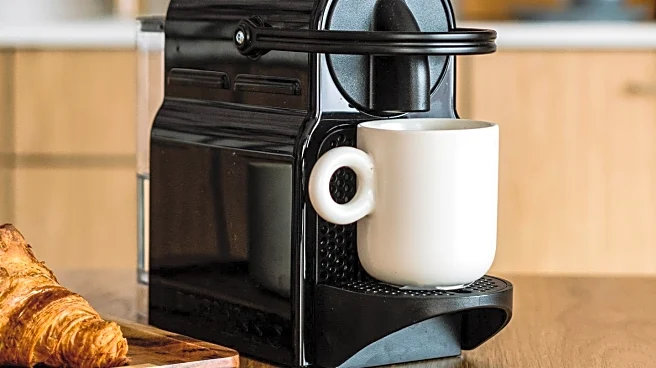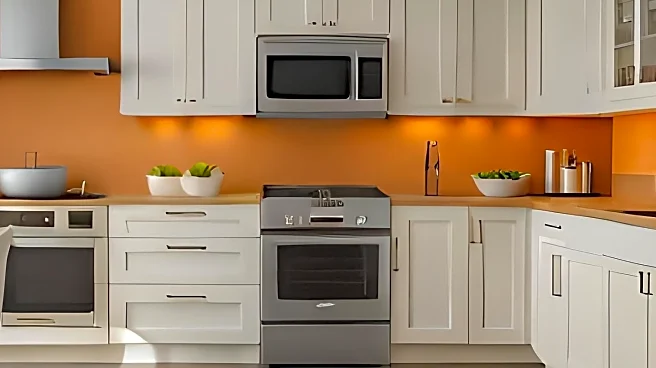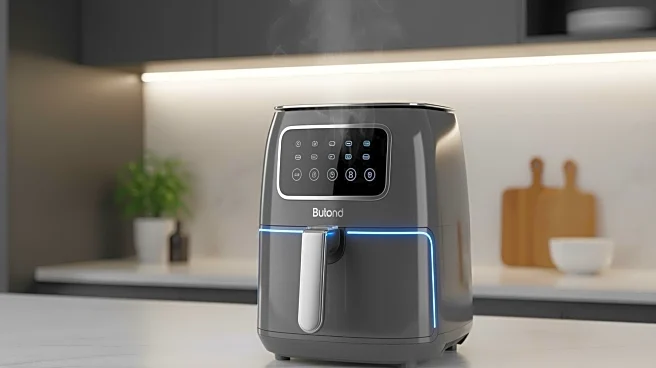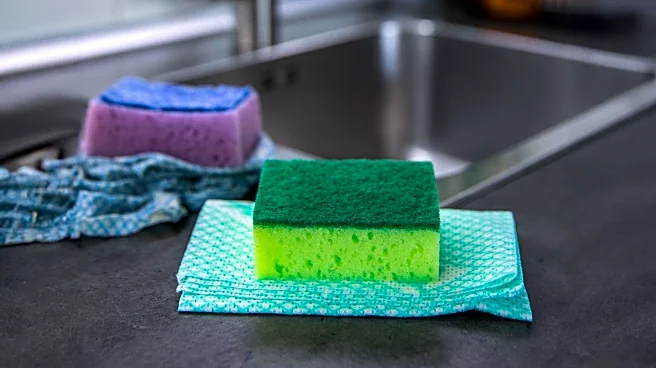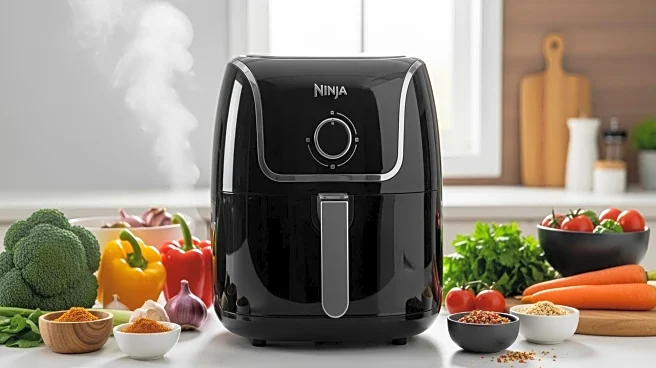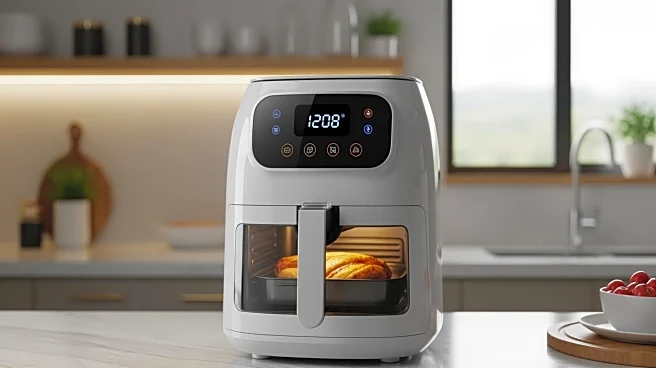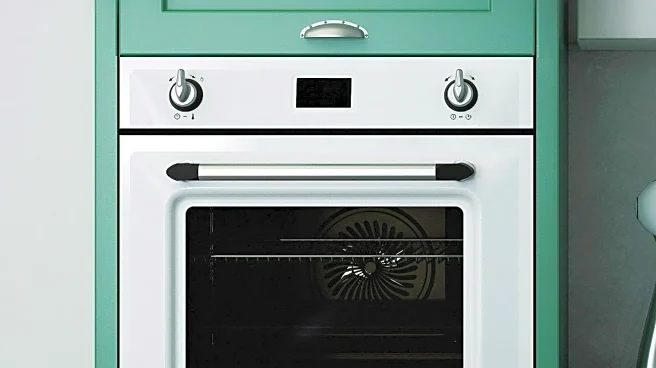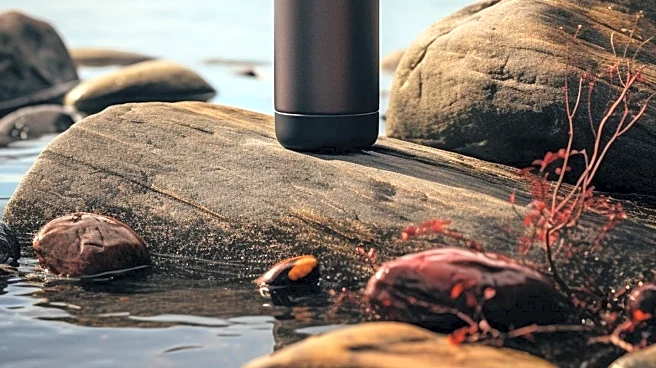What's Happening?
SharkNinja has unveiled the Ninja Crispi Pro Countertop Glass Air Fryer, an updated version of its popular glass air fryer. The new model features larger cooking vessels and a modular design, allowing users to prepare full meals rather than just snacks.
The Crispi Pro includes a 6-quart XL glass container and a 2.5-quart casserole-style dish, both designed to double as serving platters. It offers six cooking modes, including air fry, bake, roast, dehydrate, max crisp, and gentle re-crisp, with precision digital temperature controls. The appliance is available for $279 and comes in four colors.
Why It's Important?
The launch of the Crispi Pro reflects growing consumer demand for healthier cooking solutions and versatile kitchen appliances. By offering larger cooking vessels and multiple cooking modes, the Crispi Pro caters to consumers seeking convenience and efficiency in meal preparation. The use of glass containers provides a nontoxic alternative to traditional plastic air fryers, aligning with health-conscious trends. This product expansion may strengthen Ninja's position in the competitive kitchen appliance market, appealing to consumers who prioritize both functionality and design.
What's Next?
As the Crispi Pro becomes available, consumers can expect increased marketing efforts highlighting its expanded capabilities and health benefits. The modular design and larger cooking vessels may attract a broader audience, including families and individuals who enjoy hosting gatherings. Ninja may continue to innovate in the air fryer space, potentially introducing additional features or models to meet evolving consumer preferences. The success of the Crispi Pro could influence other brands to explore similar product enhancements, driving competition and innovation in the kitchen appliance industry.
Beyond the Headlines
The introduction of the Crispi Pro may have implications for consumer behavior and kitchen design trends. As more consumers opt for countertop appliances that offer multifunctionality, kitchen layouts may evolve to accommodate these devices. The emphasis on healthier cooking solutions could also impact dietary habits, encouraging more home-cooked meals and reducing reliance on processed foods. Additionally, the use of glass containers may prompt discussions on sustainability and the environmental impact of kitchen appliances.


